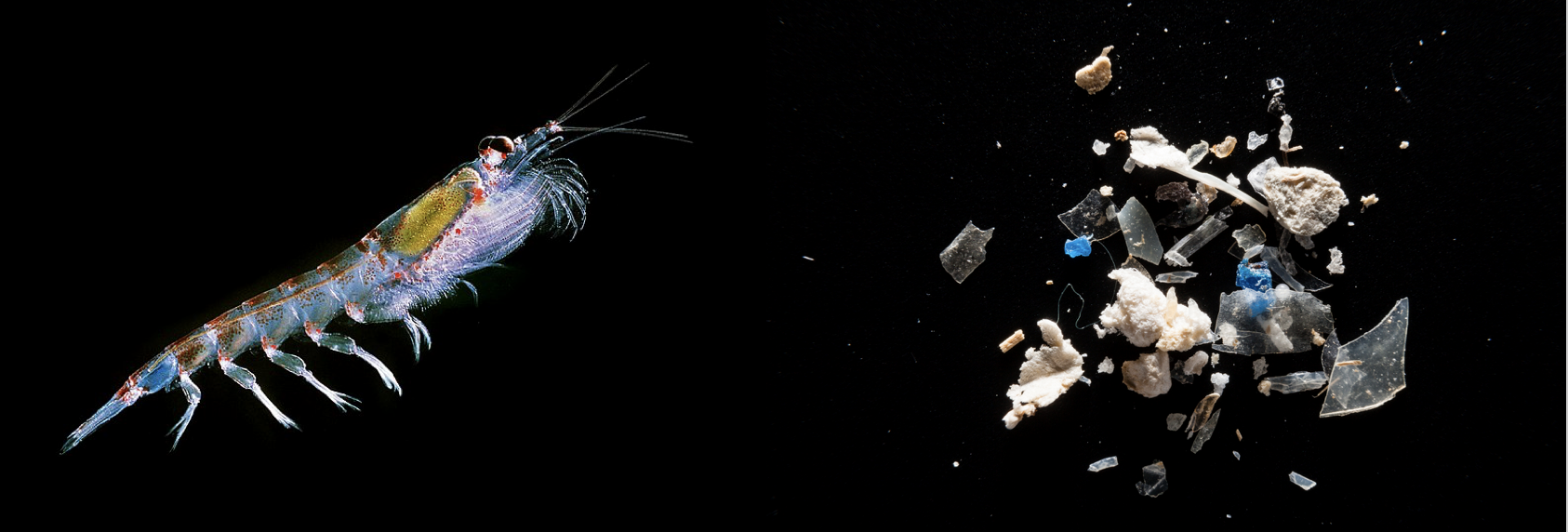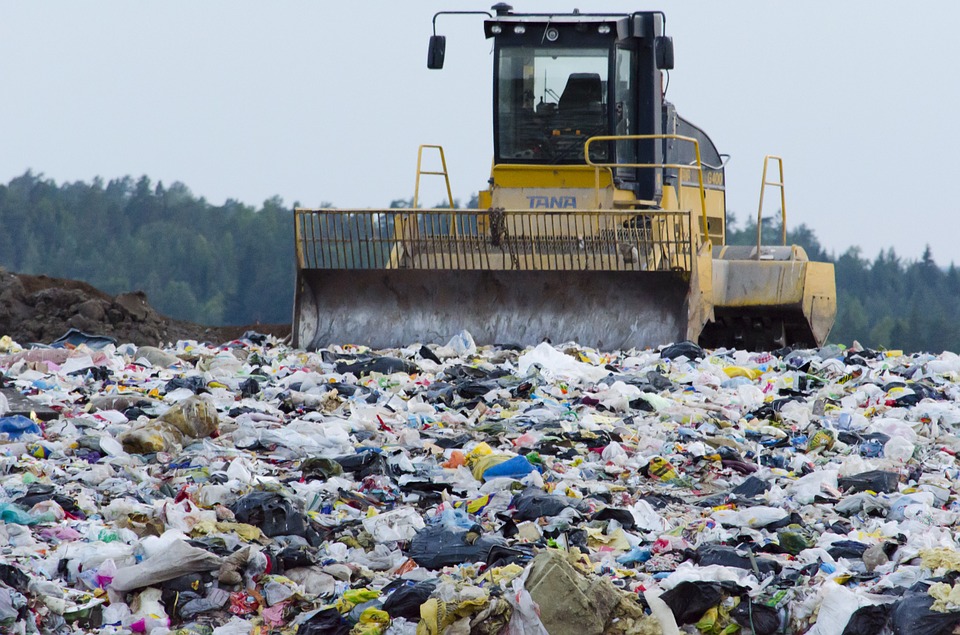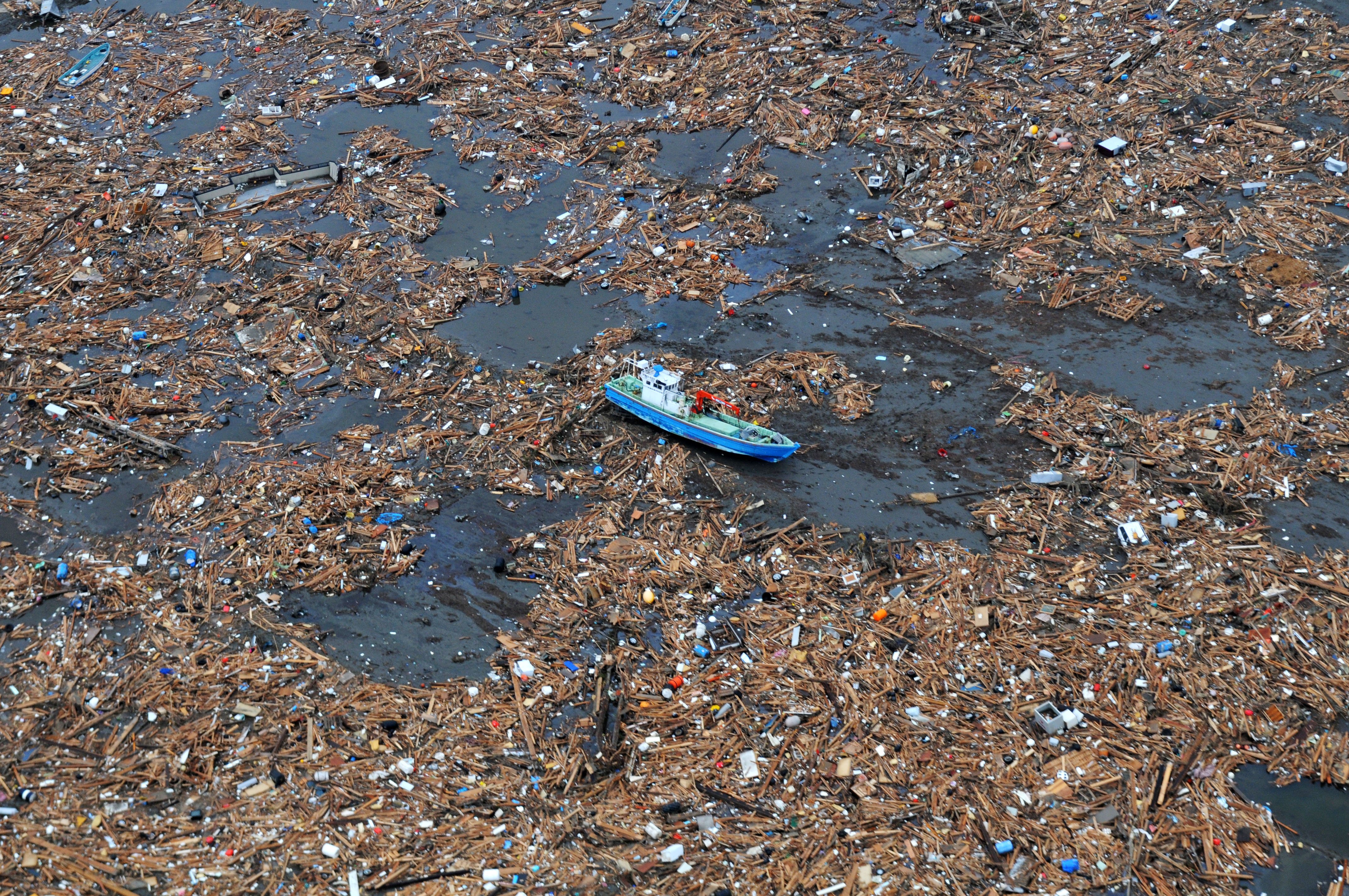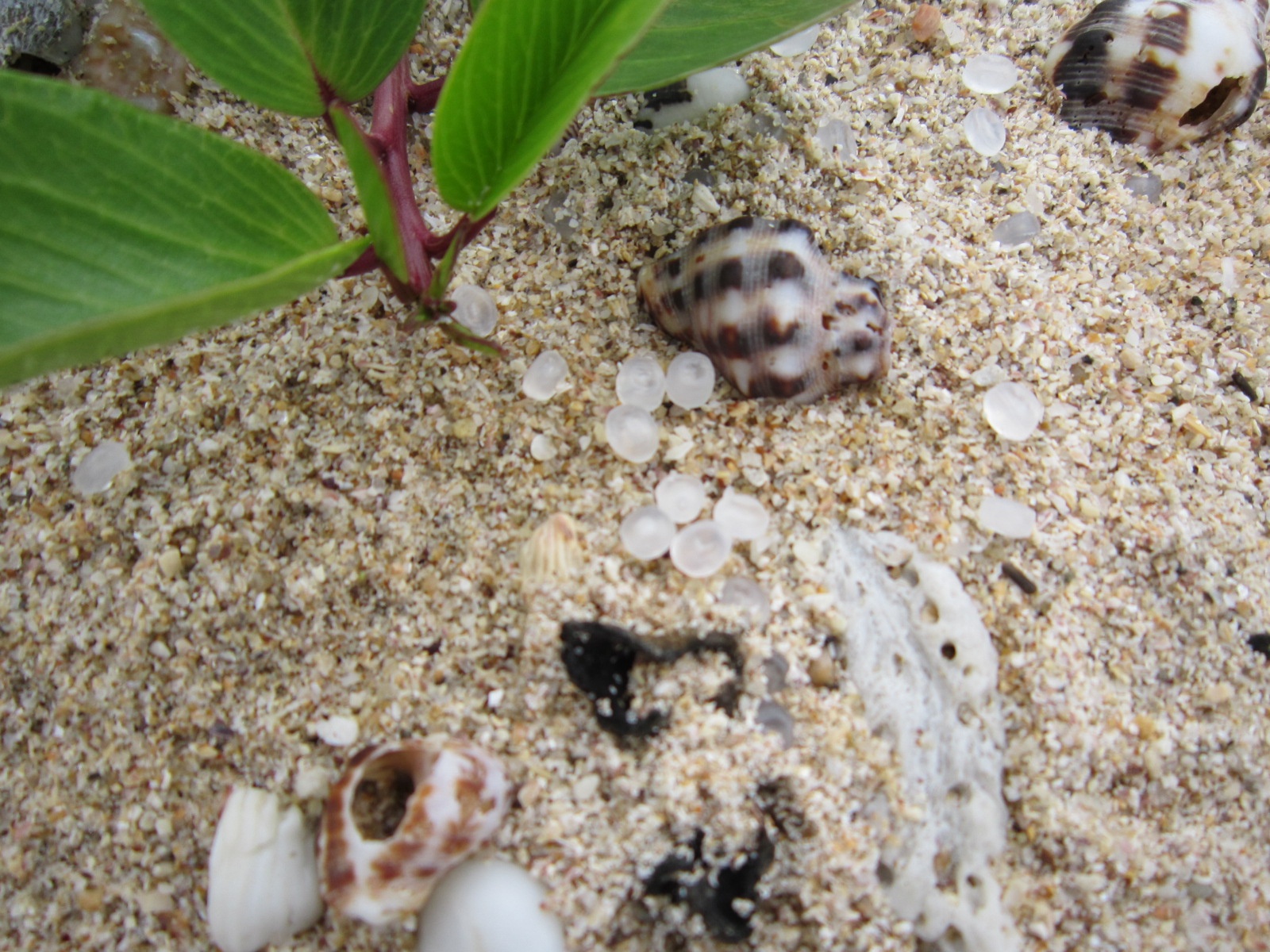Documentary Review: 5 Things I Learnt from "A Plastic Ocean"
If you are a Netflix addict, like myself, you probably already bumped into the documentary "A Plastic Ocean", but maybe you scrolled down like most people do in front of serious documentaries. In that case here you might find the motivation you need to finally click on this revealing documentary.
Most kids go through the "I love the sea and its marine creatures" phase, however, Craig Leeson– the director of this documentary film– seems to have never overcame this phase and considers himself a big whale lover. He has always been fascinated by the greatness of whales, and while researching them he encountered a big amount of oil and plastic waste in our oceans. Through interviews with many important figures like the marine biologist Dr. Sylvia Earie, the English broadcaster and naturalist David Attenborough and the free-diver world champion Tanya Streeter, Craig brings us along with him in his discoveries on plastic pollution causes, risks and much more.
1. If you were a whale it could be hard to tell the difference between Krill and micro-plastics
The question that Tanya Streeter rightfully asks herself is "How can a disposable product be made out of an indestructible material? Where does it go?". Take Craig's loved whales for example, they feed by opening their mouth and "sucking in" water, but they can't tell the difference between Krill and micro-plastics, I knew that plastic created many problems but I didn't expect that whales could ingest so much of it to completely block their digestive system and starve to death... I mean, do you have any idea on how big a whale is and how small micro-plastics are?
 In this picture you can see a Krill (left) and common micro-plastics (right) - not in scale.
In this picture you can see a Krill (left) and common micro-plastics (right) - not in scale.
2. Those are some depressing numbers, and apparently we are not a reactive species...
One of the most shocking things about this documentary is that it reveals many numbers on plastic consumption and production. To produce plastic bottles only for the United States 238 billion liters of oil are used, and only 10% of those bottles are used more than once. In 2016 every man, woman or child consumed about 136 kilos of single-use plastic, and when in 2050 when the world population will reach the 10 billion, the production of plastic is expected to triple... Long story short, we consume much more plastic than necessary, we recycle too little, and we don't seem to be planning on reducing our plastic consumption anytime soon, even though we have noted that it is extremely harmful for our planet.
 An example of plastic dump.
An example of plastic dump.
3. The Mediterranean Sea is one of the most polluted places on the planet
You see, I lived in Italy most of my life, and there is where I spent the majority of my summers as a kid, happily swimming in what seems to be the most polluted place on the planet, you can see why I wasn't happy to learn the truth that was cleverly hidden from me....
Recent findings show that the Western Mediterranean has a 1 to 2 ratio of plastic to plankton. Between microplastics and plastic that sinks at the bottom of the ocean it's crazy to think that there is no plastic-free corner in this world anymore.
 Image credits: WWF Mediterranean
Image credits: WWF Mediterranean
4. Plastic accumulates thanks to gyres
In this documentary Tanya Streeter explains really clearly and from the very beginning (without assuming any previous knowledge) the reason behind the creation of plastic patch in our oceans. Behind them there are 5 main ocean currents (or gyres) that contributes in collecting waste and move it to the center (of the gyre) creating islands of garbage that can become incredibly big (one was measured to be twice the size of Texas, the so called Great Pacific patch).
 Plastic and other waste accumulate in our oceans thanks to currents and winds.
Plastic and other waste accumulate in our oceans thanks to currents and winds.
5. Plastics in the ocean is not only an environmental but also a social issue
Craig introduced to me for the first time to the Hong Kong plastic disaster that happened in 2012, I was too young to remember it. When billion of plastic nurdles have spilled in the water from six containers that broke during a storm with catastrophic results. Nurdles are a pre-production micro-plastic pellet about the size of a pea, now picture six huge containers full of them...
The community mobilized quickly to make surveys and localize hot spots, to try and margin the problem, creating a Facebook page to spread the news and sensitise people on the topic. Beside landing on the costs and damaging that habitat, the hurdles also damaged the local market that was strictly tight to the fish industry.
 After six months, nurdles were still visible on the shore.
After six months, nurdles were still visible on the shore.
The bottom line of this blogpost is: if you think you don't know enough about the "plastic" issues, find 1 hour and 45 minutes to dedicate to this film documentary. What were your thoughts after watching the documentary? I would love to hear them in the comments!

